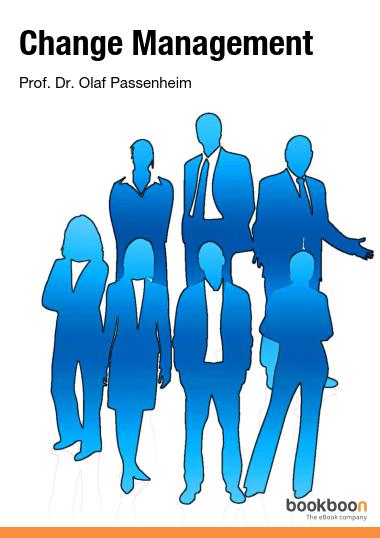How 2 simple methods can improve your change management success

In the business world, change is the key to success. By definition, change is an alteration of a company’s strategy, organization or culture as a result of changes in its environment, structure, technology or people.
A manager’s job would be very straightforward and simple (not to say boring) if changes were not occurring in these areas. Good managers have a competence to manage change in the company’s environment. These changes can be alterations in structure (design of jobs, span of control, authority relationships or coordinating mechanisms), in technology (equipment, work processes or work methods) as well as in people (behaviours, perceptions, expectations or attitudes).
But what exactly does it take for change projects to be successful? In the following chapters 2 methods will be introduced which will bring about change project success.
Determining organizational readiness
There are some tools to evaluate how ready your organization is or if you will need to conduct a pre-change intervention. To make this topic clearer, the following example is given. If you can answer 6 out of 8 given questions with “yes” your company are ready for the change. This is an easy example to give a simple idea of this tool. There are a lot of other methods to evaluate the readiness of an organization like more detailed questionnaires.
- The organization’s top managers are strong supporters of this change.
- The people leading this change believe it is important to involve others in planning for this change.
- I understand what is wrong with the way things are now.
- I have all the information I need to get on board with this change and I understand the sense of urgency.
- I have a clear picture of how the organization will be different after the change has been implemented.
- I understand the priority of this change in relation to other initiatives within the organization.
- I know where to go for help and/or support if I have questions, concerns, or challenges related to the change.
- I am confident in the ability of the organization to sustain this change.
If the results indicate that your organization is not ready for a change, pre-changes have to be made.
Reaching more people – better communication
Communication is one of the most important factors in a change process. It has already been mentioned that poor communication has a deep impact on the success of a change.
Typically, people spend 70% of their days communicating in one form or another. This underlines the importance of communications being a key to a successful project. Poor communications will at best hinder progress and at worst sink the project. There is another tool to make sure that everybody knows what is and will be going on in the upcoming change process: The Communication Plan. During the change you will hear the same questions from the employees:
- What is happening?
- Why do we need the change now?
- How will it affect me?
- How can I get more information?
One should keep these questions in mind during the designing of the communication plan.
Before designing a communication plan you should consider these questions: To Whom, what, when and how?
How to communicate change
The list below shows the methods participants used to communicate in successful change projects. There are a lot of different ways in which to communicate. In a change process not only one way should be used to inform the participants. Bulletin boards, cafeteria postings, cascading communication trees, change booklets, corporate newsletters (feature section), department or enterprise meetings, emails, focus groups, frequently asked questions memos, intranet pop-ups, leaflets, one-on-one meetings, posters, presentations, project newsletters, road shows, team meetings, word of mouth and workshops should be utilised.
Participants indicated that face-to-face communications were the most effective. Face-to-face interactions included:
- group and team meetings,
- presentations and demonstrations an
- one-on-one discussions
Many participants also identified email and intranet websites as effective methods. Several other themes emerged in relation to effective communication. First, communication should be open and “risk free”, where employees can ask questions. Second, different types of communication are better.




